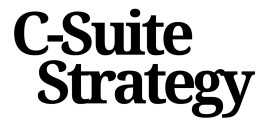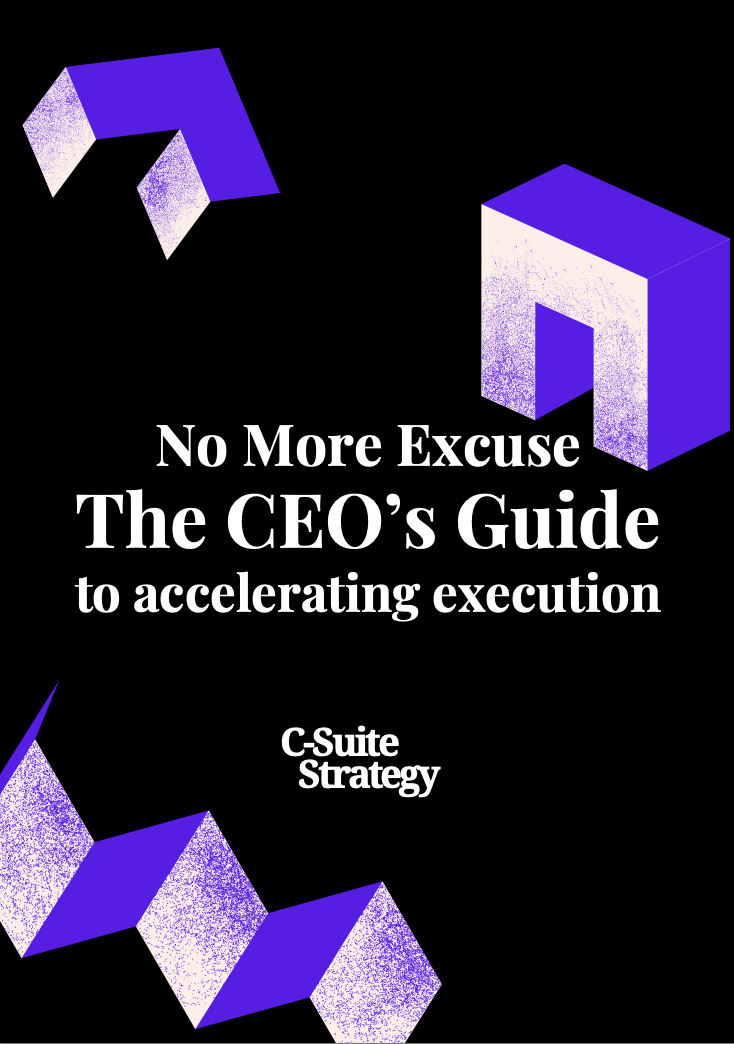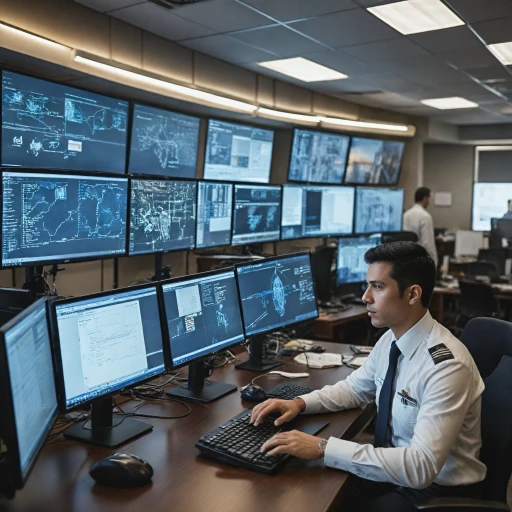
Setting Clear Objectives
Defining the Blueprint for Success
In the landscape of executive leadership meetings, setting clear objectives isn't a mere formality—it's the cornerstone for effective leadership and impactful outcomes. Leaders across the globe, from the United States to the Middle East, understand that without a defined meeting agenda, the potential of the session diminishes significantly. Consider these best practices to enhance your leadership gatherings:- Align on Vision: Senior leadership, including directors and vice presidents, should ensure that the goals discussed during meetings align with the broader business objectives of the organization. This alignment helps in steering the conversation towards meaningful outcomes while considering both short-term and long-term strategies.
- Specific Agenda Items: Tailor the agenda to include specific items that require discussion or decision-making. By doing so, leaders guarantee that every meeting agenda supports the overarching session will of driving effective leadership and aligns with international best practices.
- Clarity and Focus: Providing a clear agenda helps in keeping the team members focused. It ensures that every discussion is relevant and directly contributes to the desired decisions that senior leadership seeks.
- Action-Oriented Sessions: Ensure that the leadership meetings are not just about discussions but also emphasize on outlining action items. This approach allows the leadership team to track progress and hold each other accountable, thereby fostering a culture of follow-through within the organization.
Encouraging Open Dialogue
Promoting a Culture of Open Dialogue
Creating a meeting environment where leaders feel comfortable sharing their thoughts and opinions is crucial for effective decision-making. Encouraging open dialogue in your leadership meetings ensures that diverse perspectives are heard and considered. This approach can lead to more informed and balanced decisions, which are essential for both the short and long-term success of the organization.
As a vice president or director, it is vital to foster an atmosphere of trust within the team. When team members believe their voices are valued, they are more likely to contribute meaningfully to discussions. This is especially true in global organizations with diverse leadership teams spread across regions such as the Middle East and the United States. Building this culture of openness requires:
- Setting a clear agenda that includes discussion points where input from all attendees is actively solicited.
- Designating time for open discussions and actively inviting contributions from quieter team members.
- Providing feedback that shows appreciation for the insights and feedback shared during the session.
Another effective strategy is to rotate the role of meeting facilitator among different team members. This not only empowers team members but also provides varied perspectives on managing the flow of the discussion.
Ultimately, promoting open dialogue aligns with the goals of fostering accountability and follow-through, as it ensures that the entire team is engaged in the leadership process. For more insights on building strategic leadership skills, consider exploring navigating the role of a Chief Management Officer in strategic leadership.
Leveraging Data-Driven Insights
Smart Utilization of Data for Enhanced Outcomes
In the realm of executive leadership gatherings, leveraging data-driven insights is paramount for driving meaningful discussions and informed decisions. With the abundance of data available, it's crucial for the leadership team to discern which information will have the most impact on the organization’s goals. An effective leadership meeting strategically inputs data into the meeting agenda to set a solid foundation for decision-making processes.
When senior leaders and directors convene, the agenda should prioritize items that require data-backed deliberation. Presenting clear and concise data during these sessions aids in aligning international and local business perspectives. It equips the committee with a holistic view, facilitating discussions that are rooted in actual performance metrics instead of assumptions.
Best practices suggest incorporating data analysis into weekly leadership and board meetings to address long-term objectives alongside immediate action items. Companies across diverse regions, from the United States to the Middle East, have recognized the necessity of data in shaping their strategic direction. Team meetings become more productive when team members have access to critical data, leading to quicker consensus and actionable steps.
The leadership team should also encourage open dialogue around data interpretation, allowing for diverse insights and innovative solutions. It’s not merely about collecting data but about how it is interpreted and integrated into the leadership discourse. By fostering an environment that values factual discussion, organizations enhance their leadership meetings' effectiveness, ensuring that every session will move the needle towards achieving overarching business goals.
For those looking to deepen their understanding of strategic insights for business leaders, this resource provides valuable perspectives on aligning data with leadership objectives.
Balancing Short-Term and Long-Term Goals
Achieving the Right Mix of Immediate and Future Objectives
Setting a precise balance between short-term outcomes and long-term visions can be pivotal for the success of any leadership meeting. Yet, this task is often easier said than done, as the demands of immediate business operations frequently overshadow future aspirations. As senior leaders, developing a strategic mindset becomes essential to navigate these challenging waters. One practical approach is to judiciously craft the meeting agenda. By clearly distinguishing between agenda items that demand urgent attention and those aligned with strategic planning, leaders ensure that time is allocated effectively. This distinction serves as a constant reminder for leaders to address both pressing issues and visionary initiatives. Incorporating structured feedback sessions during the leadership team meeting can further enhance this balance. Facilitate open channels of communication where team members feel encouraged to express both short-term challenges and long-term goals. This practice can drive valuable insights into the best ways to align the organization's daily operations with its strategic trajectory. Additionally, companies operating in diverse geographical regions, such as the United States and Middle East, might face unique regional challenges. Addressing these nuances during team meetings allows leaders to have a more comprehensive perspective on how regional dynamics influence both immediate outcomes and long-term planning. While fostering accountability and ensuring every session will result in clear action items, it’s vital for leaders to remain adaptable. The ability to swiftly pivot between immediate actionable decisions and gradual, strategic shifts is what often distinguishes effective leadership from mere management. Overall, the ability to successfully harmonize short-term and long-term objectives not only requires clear organizational vision but also demands an open, communicative leadership committee where ideas flow seamlessly, and every team member is aligned with the company’s ultimate objectives.Enhancing Decision-Making Processes
Enhancing Decision-Making Processes in Executive Leadership Gatherings
When convening at leadership meetings, one of the core elements that leaders strive for is refining their decision-making processes. The aim is to ensure that meeting agendas are more than just checklists—they should be dynamic sessions that lead to effective decisions which shape the company’s future. Incorporating best practices for enhancing decision-making is vital. Leaders should focus on:- Structured Agenda Items: Begin by setting clear agenda items that prioritize essential topics and allocate appropriate time for each discussion. This promotes a focused meeting where the leadership team can delve into detailed sessions on strategic issues.
- Facilitating Open Dialogue: Creating an environment that encourages open discussions is crucial. Leaders and senior members in the meeting, including those from international segments such as the Middle East or the United States, should contribute diverse perspectives and insights.
- Utilizing Data-Driven Insights: Leveraging detailed data can sharpen the focus on decision-making. By presenting data that supports various business decisions, leaders can make informed choices when faced with complex problems. Utilizing reports and analytics as basis points for each agenda item will explore further insights.
Fostering Accountability and Follow-Through
Ensuring Accountability and Commitment
In the realm of executive leadership, fostering accountability and ensuring follow-through are pivotal for maintaining momentum and achieving strategic objectives. As leaders gather in meetings, it is crucial to establish a culture where commitments made during discussions are not only noted but actively pursued. This requires a structured approach to tracking progress and holding team members accountable.
One effective method is to clearly define action items at the end of each leadership meeting. By assigning specific responsibilities to team members, leaders can ensure that each agenda item is addressed with the necessary attention and resources. This practice not only clarifies expectations but also empowers individuals to take ownership of their roles within the organization.
Regular follow-up sessions are essential to review the progress of these action items. Whether through weekly leadership meetings or monthly check-ins, these sessions provide an opportunity to assess the effectiveness of decisions made and adjust strategies as needed. This iterative process helps maintain alignment with both short-term and long-term goals, as discussed in previous sections.
Moreover, fostering a culture of transparency and open communication is vital. Encouraging team members to share updates and challenges candidly can lead to more effective problem-solving and decision-making. Leaders should create an environment where feedback is welcomed and valued, promoting a sense of collective responsibility across the leadership team.
Ultimately, the best practices for enhancing accountability and follow-through involve a combination of clear communication, structured follow-ups, and a commitment to continuous improvement. By embedding these principles into the fabric of leadership meetings, organizations can drive meaningful progress and achieve their strategic objectives.














